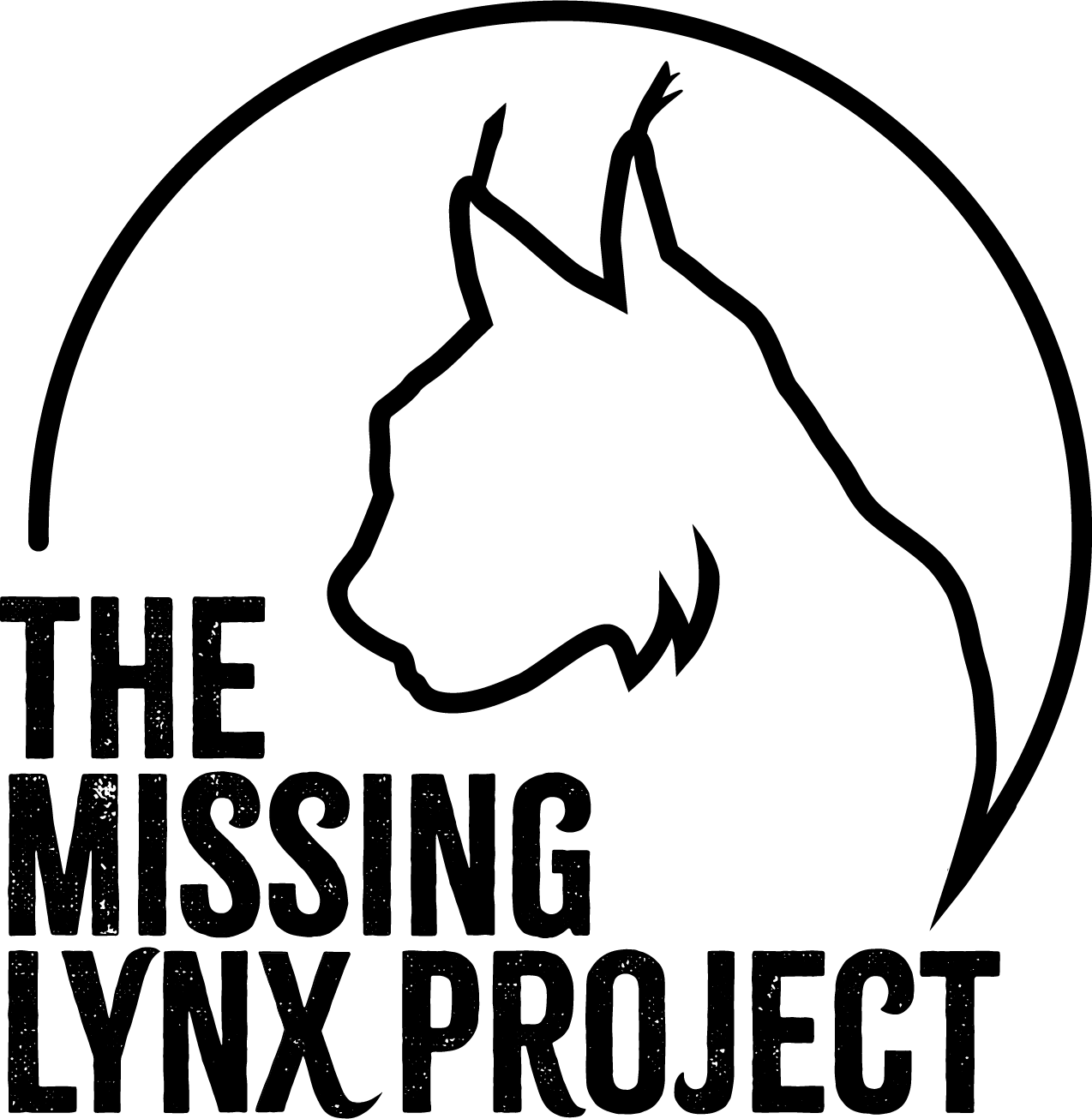
© Peter Cairns/2020VISION
People often talk about the vitally important climate emergency, but we are also in the middle of a nature emergency. Wildlife is declining across the globe and the UK is no exception. Decades of disappearing wildlife have left us as one of the most nature-depleted countries on Earth.
Since 1970, species in the UK have declined by an average of 19%. Many animals, including some of our most iconic birds, insects and mammals are becoming less common. One in six species is now threatened with extinction in Great Britain.
Scientists often look at how our wildlife populations have changed since around 1970, as this is when people really started to carefully monitor populations. So we have a lot of clear evidence of declines over the last 50 years. But there is plenty of evidence that our wildlife has been declining for far longer. We’ve even lost species, like the lynx, that would once have thrived in our wild places.
A changing landscape
Six hundred years ago, if you’d looked out over a valley in northern England or southern Scotland, you might have seen something like this…

There would have been a complex mosaic of wild features, with more trees, plenty of wildflowers, and scrubby areas that shelter wildlife. Insects, birds and many other species would have been more common – you might even have seen some species that have since been lost from the UK.
Today, that same valley might look more like this…

There are fewer trees, with deciduous forests replaced by plantations of conifers. Scrubby areas are often gone, as are most of our wildflower meadows. Rivers have even been straightened. There’s less variety in the landscape, and as a result less life. Intensive agriculture, deforestation, urbanisation, pollution, and the use of chemicals have all played their part.
But it doesn’t have to be this way. It’s not too late to bring nature back. One day, that valley could start to recover…

We can restore the mosaic of wild patches, with more trees, open glades, scrubby areas and meandering rivers. More variety in the landscape will provide a home for more wildlife, alongside the people that live and work there. We can even bring back some of the species we lost.
How should our future look?
Nature has an amazing power to recover, if we give it a chance. We can fix things, but we need to be ambitious. We need to restore our wild places and join them up, so they’re connected and animals can move across the landscape. Where possible, we need to put the missing species back in and create healthy, balanced ecosystems.
